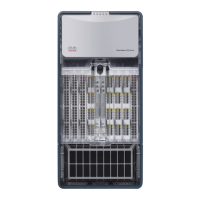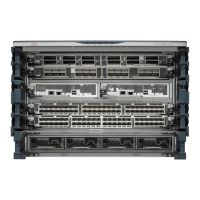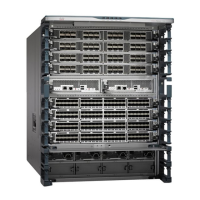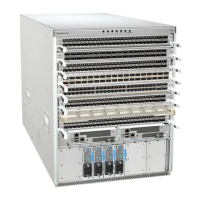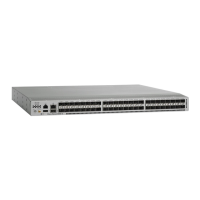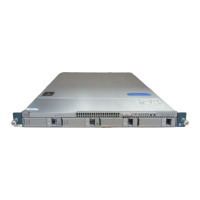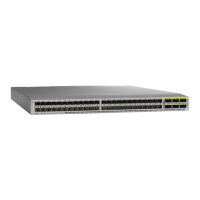Send document comments to nexus7k-docfeedback@cisco.com.
1-4
Cisco Nexus 7000 Series NX-OS Unicast Routing Configuration Guide, Release 4.x
OL-20002-02
Chapter 1 Overview
Information About Layer 3 Unicast Routing
Path Length
The path length is the most common routing metric. Some routing protocols allow you to assign arbitrary
costs to each network link. In this case, the path length is the sum of the costs associated with each link
traversed. Other routing protocols define hop count, a metric that specifies the number of passes through
internetworking products, such as routers, that a packet must take from a source to a destination.
Reliability
The reliability, in the context of routing algorithms, is the dependability (in terms of the bit-error rate)
of each network link. Some network links might go down more often than others. After a network fails,
certain network links might be repaired more easily or more quickly than other links. The reliability
factors that you can take into account when assigning the reliability rating are arbitrary numeric values
that you usually assign to network links.
Routing Delay
The routing delay is the length of time required to move a packet from a source to a destination through
the internetwork. The delay depends on many factors, including the bandwidth of intermediate network
links, the port queues at each router along the way, the network congestion on all intermediate network
links, and the physical distance that the packet needs to travel. Because the routing delay is a
combination of several important variables, it is a common and useful metric.
Bandwidth
The bandwidth is the available traffic capacity of a link. For example, a 10-Gigabit Ethernet link would
be preferable to a 1-Gigabit Ethernet link. Although the bandwidth is the maximum attainable
throughput on a link, routes through links with greater bandwidth do not necessarily provide better
routes than routes through slower links. For example, if a faster link is busier, the actual time required
to send a packet to the destination could be greater.
Load
The load is the degree to which a network resource, such as a router, is busy. You can calculate the load
in a variety of ways, including CPU utilization and packets processed per second. Monitoring these
parameters on a continual basis can be resource intensive.
Communication Cost
The communication cost is a measure of the operating cost to route over a link. The communication cost
is another important metric, especially if you do not care about performance as much as operating
expenditures. For example, the line delay for a private line might be longer than a public line, but you
can send packets over your private line rather than through the public lines that cost money for usage
time.
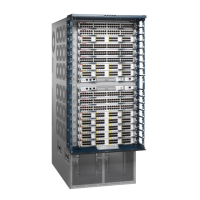
